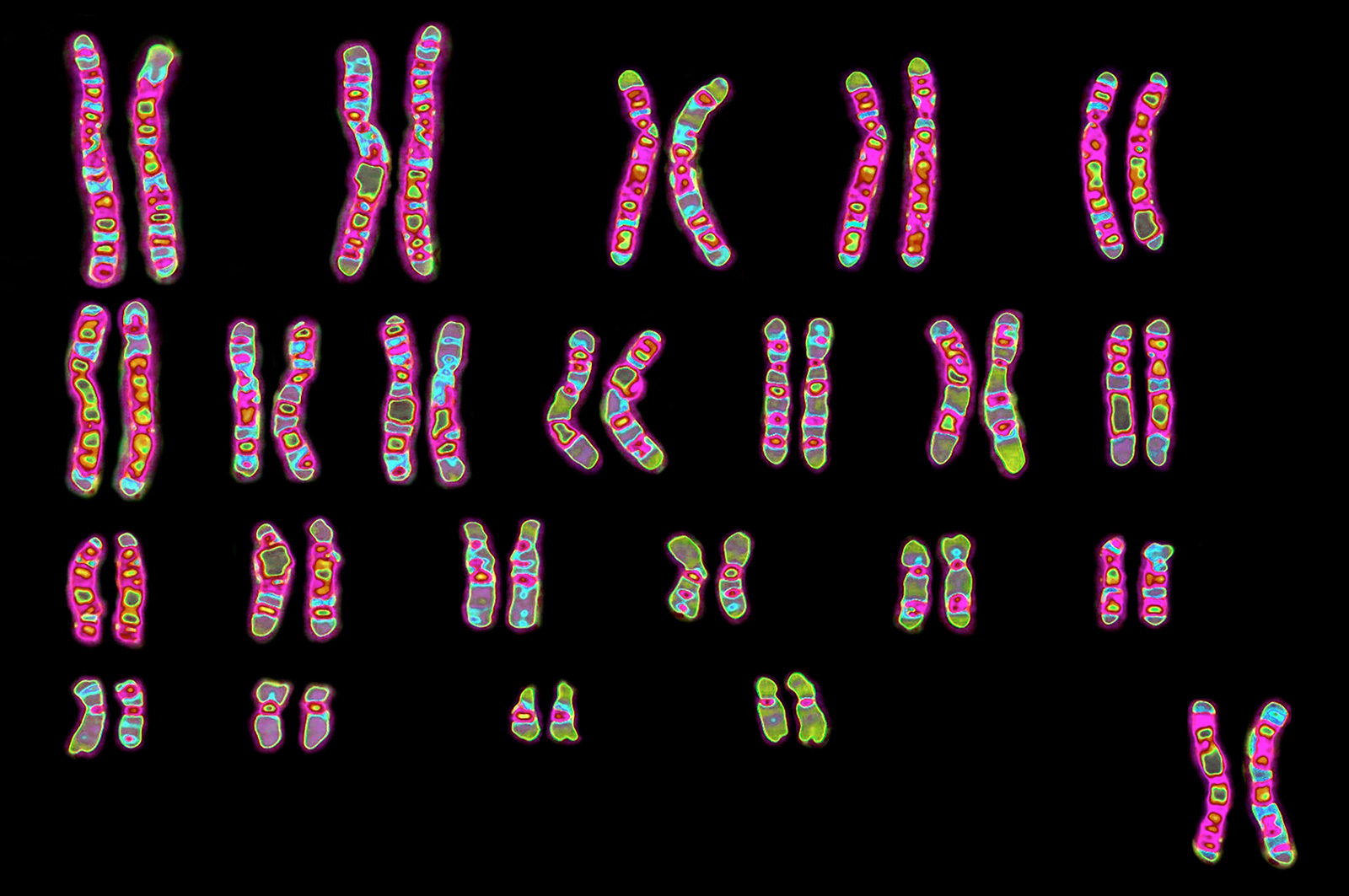
New clarity on cancer causation with the very first, gap-free sequence of the human genome
Two decades after the initial draft from the Human Genome Project, the very first seamless and gap-free sequence of the entire human genome has been completed by the Telomere to Telomere (T2T) consortium. Researchers involved in the breakthrough call this advancement “[critical] for understanding the genetic contributions to certain diseases”. In toxic tort, this advancement opens the door to a broader understanding of the genetic variants that lead to cancer. But what is the significance of these newly sequenced, largely non-protein-coding regions of DNA to litigators interested in cancer causation?
While the Human Genome Project successfully mapped a significant portion of the genome, almost a chromosome’s worth of genetic information remained. These segments primarily contained long segments of heterochromatin (some of the most densely packed and repetitive DNA in the genome) alongside some genes of interest. Hidden in these remote sections of the genome are modulating factors in the development of many cancers, many of which are only analyzable using whole-genome sequencing (WGS). WGS is different from other types of sequencing in that it identifies much more than just protein-coding gene variants; it also can unearth mutations in remote sections of the genome that protect from or lead to cancer development.
Segments of non-coding and repetitive DNA can contain factors with significant functionality in cancer development. For example, some of these sequences have been implicated in regulating the 3D structure of DNA, and therefore, certain gene interactions. Certain variations in the length of repeating sequences have also been correlated with cancer development. Enhancer sequences can change the way oncogenes and tumor suppressor genes are expressed entirely. While many of these factors have been previously identified, new variants are frequently being discovered to have significance in cancer–and these discoveries will only increase with analyses of the newly-competed human genome.
When it first became available, WGS was more expensive, more time-consuming, and less comprehensive than it is today. This advancement only makes analysis of the entire genome more valuable for proving genetic cancer causation, and the WGS of an individual’s genome is expected to become less expensive and more straightforward in the coming years. The significance of non-coding regions is often overlooked, although variants thereof can completely change disease outcomes.
